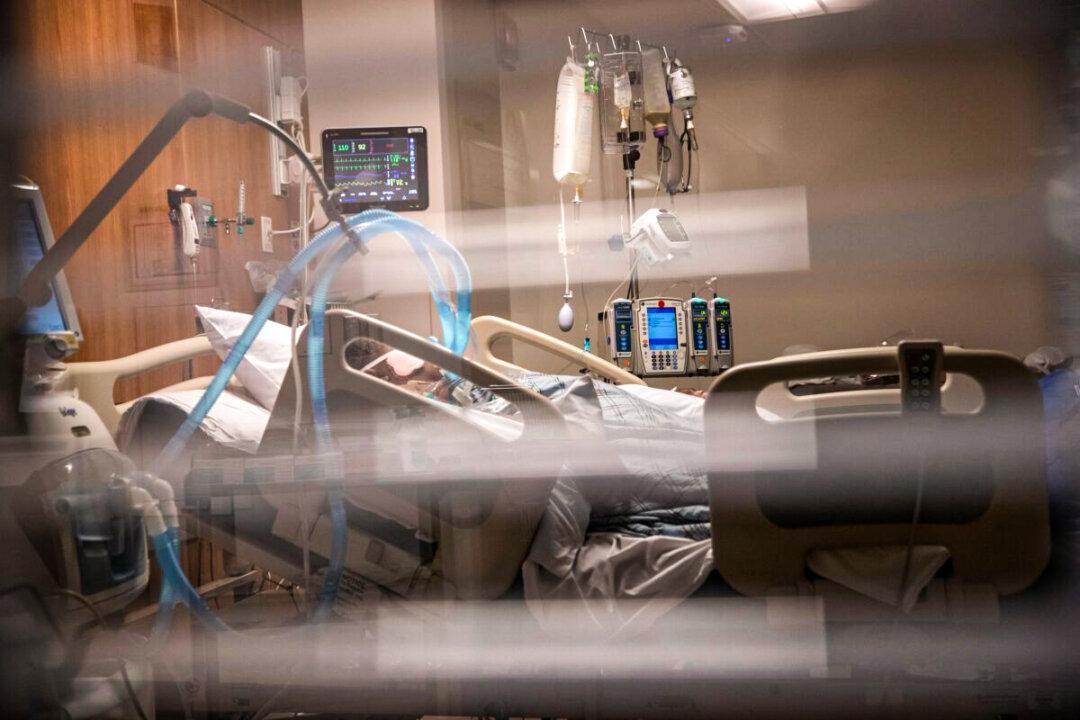Tech entrepreneur Elon Musk said Tuesday that it wasn’t so much the COVID-19 virus that killed people hooked up to ventilators as secondary bacterial infections that caused a deadly form of pneumonia.
Mr. Musk made the remark in a wide-ranging discussion on Joe Rogan’s podcast on Oct. 31, in which he brought up a key point first raised in a bombshell study that found secondary bacterial infections of the lung were a key driver of death in people diagnosed with COVID-19 and connected to breathing machines.





